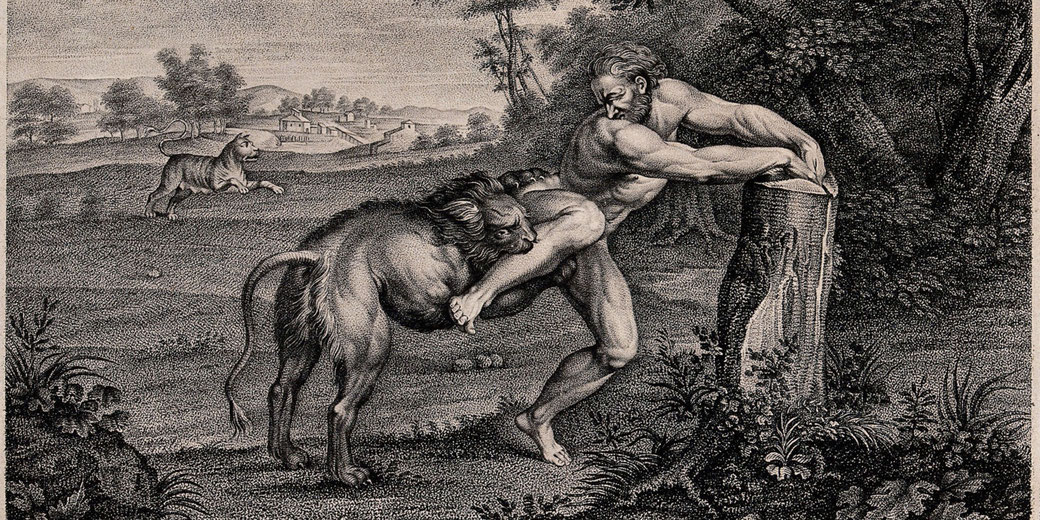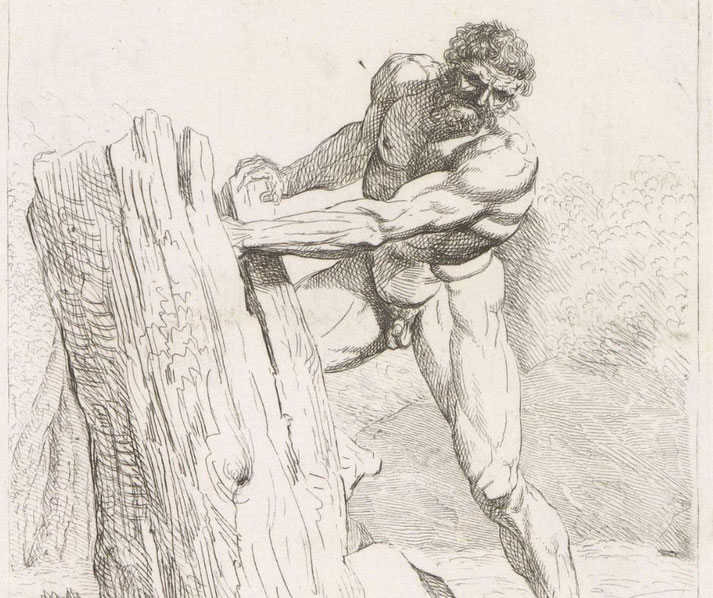Milo of Croton: The greatest Olympic athlete of the ancient world

Milo of Croton was very well known in ancient Greece for his great strength and skill in sports. His achievements as a wrestler became famous, earning him an important place in the history of ancient sport by setting a record no one else ever matched.
A born champion?
Milo's early life began in the 6th century BCE in the Greek city-state of Croton, which was located in what is now southern Italy.
It was a centre for top-level sport, and Milo grew up in a culture that valued both wisdom and physical fitness.
The exact date of Milo’s birth is not known, but he is believed to have been born around 560 BCE.
At that time, athletic traditions were a key part of education and culture in ancient Greece, which focused on moral and spiritual growth, as well as physical fitness.
It followed the Greek ideal of arete, which meant doing one’s best in all parts of life.
As a young man, Milo’s strength quickly showed. His early life would have been strongly influenced by athletic festivals central to Greek culture, such as local games held in Croton and nearby cities.
These festivals were important religious and social events that also gave Milo a chance to show his skill and start building his reputation.
As one story goes, a young man, Milo found a newborn calf near his home. He picked it up and carried it on his shoulders back to its herd.
The next day, he returned and did the same, repeating this routine daily. Over time, as the calf grew heavier each day, Milo’s strength also increased.
After four years of this routine, the calf had grown into a full-grown bull. By then, Milo was able to lift the very heavy animal onto his shoulders and carry it across the fields or even, according to one version, through the Olympic stadium.

Becoming an ancient Olympic legend
Milo’s first win at the Olympic Games came around 540 BCE, when he was still a young man.
Over the following years, he continued to be the best in wrestling, when he won the Olympic title again in 536, 532, 528, 524, and 520 BCE.
He also won at other major Greek sport festivals, including seven events at the Pythian Games in Delphi, nine at the Nemean Games, and ten at the Isthmian Games.
While these festivals were less important than the Olympics, they still attracted the best athletes from across Greece, which made Milo’s wins even more impressive.
His training methods, which, according to legend, included the fact that he carried a bull on his shoulders, helped him achieve impressive levels of fitness.
He was so strong that other athletes often simply refused to face him.

The absurd nature of Milo's death
The death of Milo of Croton was just as unusual as his life. It is said that when he attempted to split a tree trunk with his bare hands, his hand got stuck in the crack.
Unable to free himself, he was then attacked and eaten by wolves. This story, though possibly untrue, matches the larger-than-life tales about him
It also became a warning about too much pride and taught the belief that even the strongest are not safe from nature or fate.

Milo is remembered because he showed the ideal of physical strength and self-discipline.
For centuries after his death, athletes in Greece and beyond looked up to him as an example to follow.
What do you need help with?
Download ready-to-use digital learning resources
Copyright © History Skills 2014-2025.
Contact via email
With the exception of links to external sites, some historical sources and extracts from specific publications, all content on this website is copyrighted by History Skills. This content may not be copied, republished or redistributed without written permission from the website creator. Please use the Contact page to obtain relevant permission.





